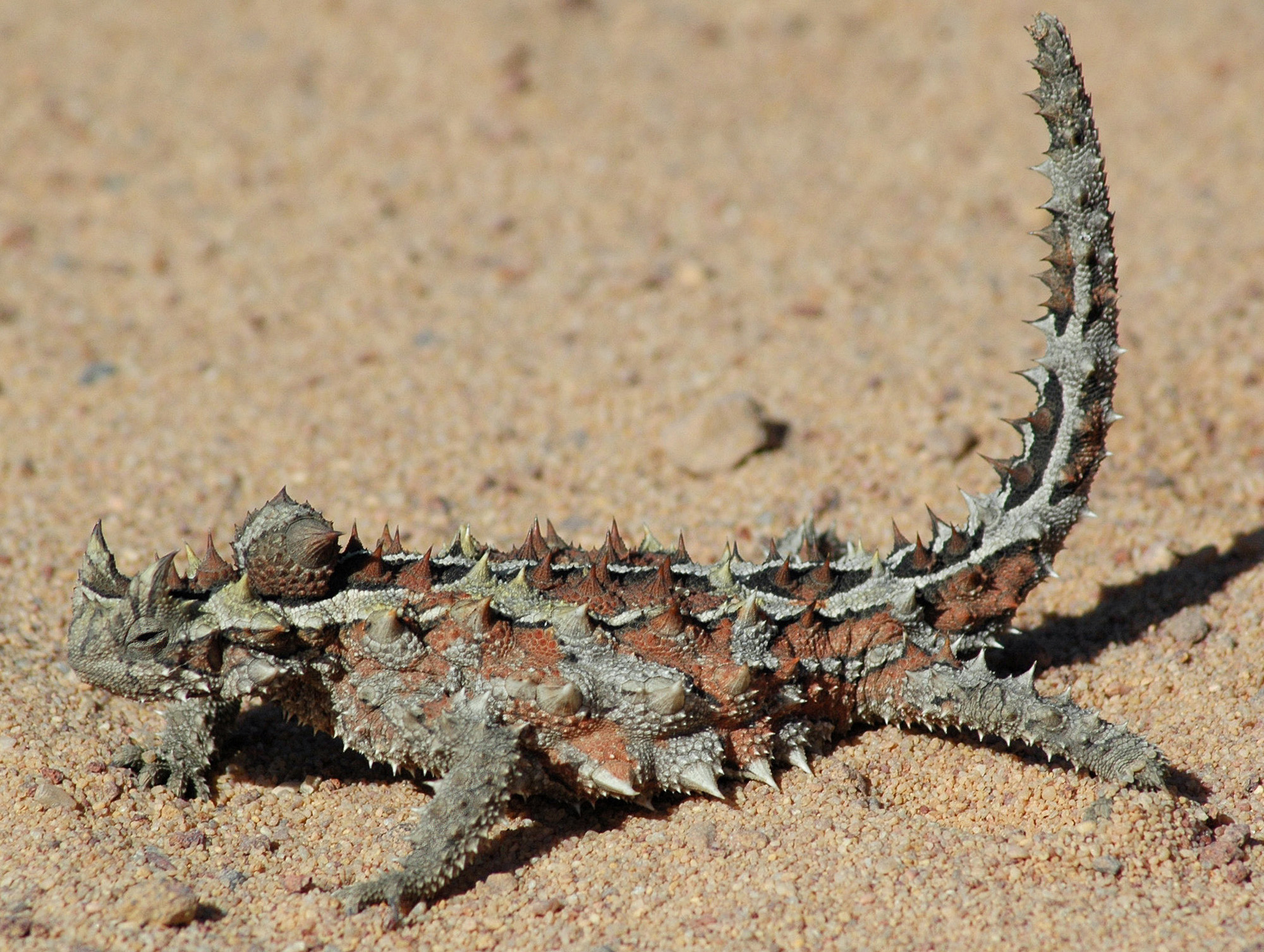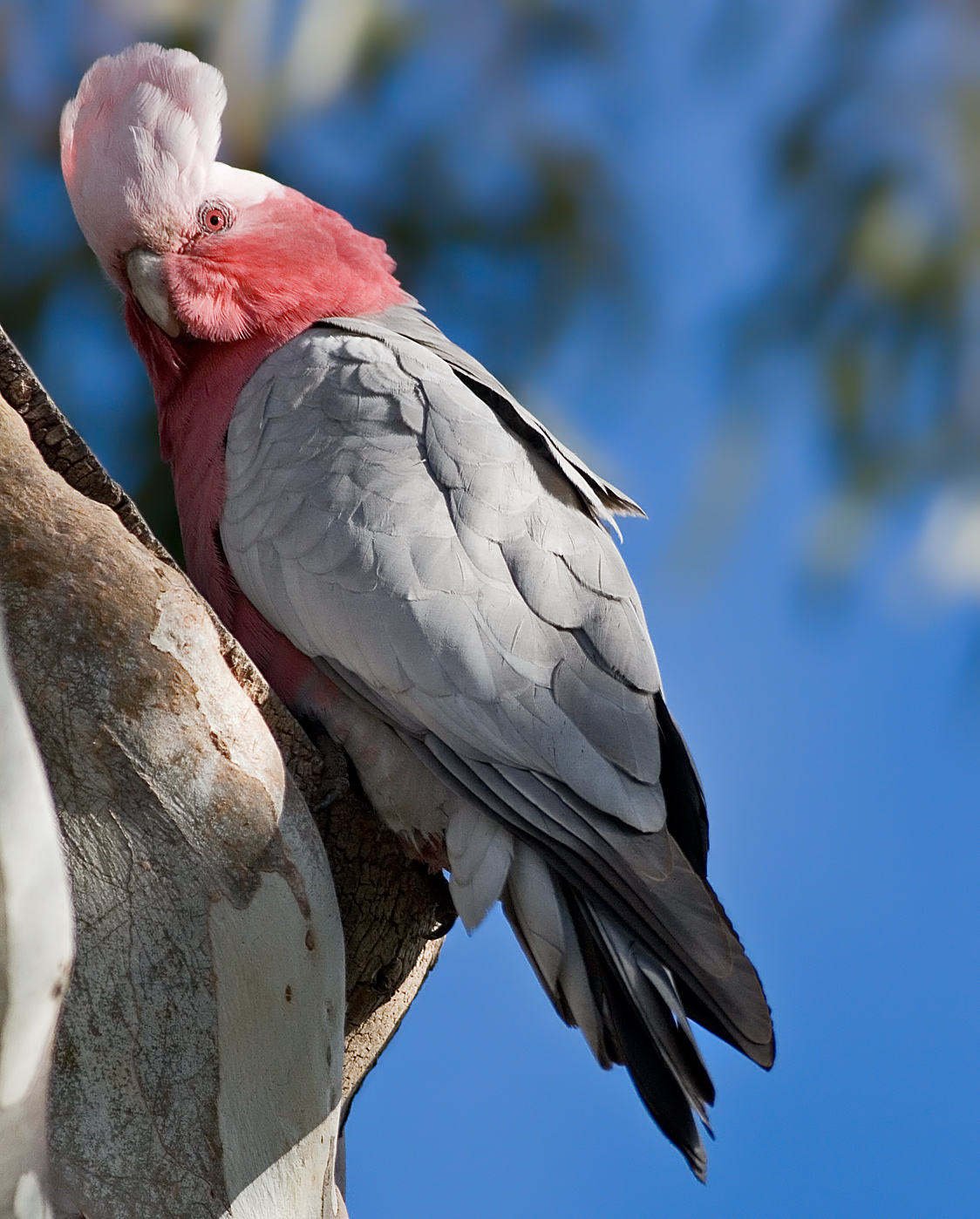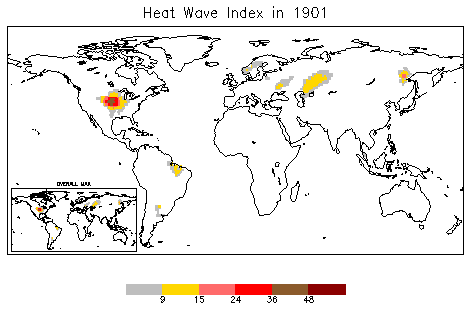|
Mintabie, South Australia
Mintabie is an opal mining community in the Anangu Pitjantjatjara Yankunytjatjara (APY lands) in South Australia. It was unique in comparison to other communities situated in the APY Lands, in that its residents were largely not of Aboriginal Australian origin, and the land had been leased to the Government of South Australia for opal mining purposes since the 1980s. History Background Aboriginal people were the first people to find opals in the area; during the First World War, they traded in black opals at Coober Pedy. Conditions were harsh, and it was only in 1976, with the help of new large machinery, that non- Indigenous people came to the area to mine, and a small township was established. At around the same time, Anangu began their struggle for land rights. Consequently, by the time the South Australian Parliament began to seriously consider granting land rights in the area, a growing number of opal miners were setting up operations around Mintabie. In November 1978, a ... [...More Info...] [...Related Items...] OR: [Wikipedia] [Google] [Baidu] |
Government Of South Australia
The Government of South Australia, also referred to as the South Australian Government, SA Government or more formally, His Majesty’s Government, is the Australian state democratic administrative authority of South Australia. It is modelled on the Westminster system of government, which is governed by an elected parliament. History Until 1857, the Province of South Australia was ruled by a Governor responsible to the British Crown. The Government of South Australia was formed in 1857, as prescribed in its Constitution created by the Constitution Act 1856 (an act of parliament of the then United Kingdom of Great Britain and Ireland under Queen Victoria), which created South Australia as a self-governing colony rather than being a province governed from Britain. Since the federation of Australia in 1901, South Australia has been a state of the Commonwealth of Australia, which is a constitutional monarchy, and the Constitution of Australia regulates the state of South A ... [...More Info...] [...Related Items...] OR: [Wikipedia] [Google] [Baidu] |
South Australian Parliament
The Parliament of South Australia is the bicameral legislature of the Australian state of South Australia. It consists of the 47-seat House of Assembly (lower house) and the 22-seat Legislative Council (upper house). General elections are held every 4 years, with all of the lower house and half of the upper house filled at each election. It follows a Westminster system of parliamentary government with the executive branch required to both sit in parliament and hold the confidence of the House of Assembly. The parliament is based at Parliament House on North Terrace in the state capital of Adelaide. The King is represented in the State by the Governor of South Australia. According to the South Australian Constitution, unlike the federal parliament, and the parliaments of the other states of Australia, neither the Sovereign or the Governor is considered to be a part of the South Australian parliament. However, the same role and powers are granted to them. The parliament may ... [...More Info...] [...Related Items...] OR: [Wikipedia] [Google] [Baidu] |
Thorny Devil
The thorny devil (''Moloch horridus''), also known commonly as the mountain devil, thorny lizard, thorny dragon, and moloch, is a species of lizard in the family Agamidae. The species is endemic to Australia. It is the sole species in the genus ''Moloch''. It grows up to in total length (including tail), with females generally larger than males. Taxonomy The thorny devil was first described by the biologist John Edward Gray in 1841. While it is the only species contained in the genus ''Moloch'', many taxonomists suspect another species might remain to be found in the wild. The thorny devil is only distantly related to the morphologically similar North American horned lizards of the genus ''Phrynosoma''. This similarity is usually thought of as an example of convergent evolution. The names given to this lizard reflect its appearance: the two large horned scales on its head complete the illusion of a dragon or devil. The name Moloch was used for a deity of the ancient N ... [...More Info...] [...Related Items...] OR: [Wikipedia] [Google] [Baidu] |
Galah
The galah (; ''Eolophus roseicapilla''), also known as the pink and grey cockatoo or rose-breasted cockatoo, is the only species within genus ''Eolophus'' of the cockatoo family. Found throughout Australia, it is among the most common of the cockatoos. With its distinctive pink and grey plumage and its bold and loud behaviour, it is a familiar sight in the wild and increasingly in urban areas. It has benefited from the change in the landscape since European colonisation, and appears to be replacing the Major Mitchell's cockatoo in parts of its range. Etymology The term galah is derived from ''gilaa'', a word from the Yuwaalaraay and neighbouring Aboriginal languages spoken in north-western New South Wales. Description The galah is about in length, and weighs . It has a pale silver to grey back, a pale grey rump, a pink face and breast, and a light pink mobile crest. It has a bone-coloured beak, and the bare skin of the eye ring is carunculated. It has grey legs. The sexes a ... [...More Info...] [...Related Items...] OR: [Wikipedia] [Google] [Baidu] |
Eromanga Basin
The Eromanga Basin is a large Mesozoic sedimentary basin in central and northern Australia. It covers parts of Queensland, the Northern Territory, South Australia, and New South Wales, and is a major component of the Great Artesian Basin. The Eromanga Basin covers 1,000,000 km2 and overlaps part of the Cooper Basin. The basin is made of sandstone, siltstone, mudstone, coal, shale, and red beds. Two impact structures have been identified in the basin, Mount Toondina crater and Tookoonooka crater. In Queensland and South Australia the Eromanga Basin has been explored and developed for petroleum production. Commercial quantities of gas were first discovered in 1976 and oil in 1978. The basin contains Australia's largest onshore oilfield, the Jackson oil field. Moomba is the centre of South Australia's oil production in the basin. The geology of the portion of the Eromanga Basin in New South Wales remains under-explored. During the middle of the Cretaceous period much of inland ... [...More Info...] [...Related Items...] OR: [Wikipedia] [Google] [Baidu] |
Stuart Highway
Stuart Highway is a major Australia, Australian highway. It runs from Darwin, Northern Territory, Darwin, in the Northern Territory, via Tennant Creek and Alice Springs, to Port Augusta in South Australia; a distance of . Its northern and southern extremities are segments of Australia's Highway 1 (Australia), Highway 1. The principal north–south route through the central interior of mainland Australia, the highway is often referred to simply as "The Track". The highway is named after Scotland, Scottish explorer John McDouall Stuart, who was the first European to cross Australia from south to north. The highway approximates the route Stuart took. Route description Overview Stuart Highway runs from Darwin, Northern Territory, in the north, via Tennant Creek and Alice Springs, to Port Augusta, South Australia, in the south – a distance of . The Royal Flying Doctor Service of Australia, Royal Flying Doctor Service uses the highway as an emergency landing strip and sections ... [...More Info...] [...Related Items...] OR: [Wikipedia] [Google] [Baidu] |
Heatwave
A heat wave, or heatwave, is a period of excessively hot weather, which may be accompanied by high humidity, especially in oceanic climate countries. While definitions vary, a heat wave is usually measured relative to the usual climate in the area and relative to normal temperatures for the season. Temperatures that people from a hotter climate consider normal can be called a heat wave in a cooler area if they are outside the normal climate pattern for that area. The term is applied both to hot weather variations and to extraordinary spells of hot weather which may occur only once a century. Severe heat waves have caused catastrophic crop failures, thousands of deaths from hyperthermia, increased risk of wildfires in areas with drought, and widespread power outages due to increased use of air conditioning. A heat wave is considered extreme weather, and poses danger to human health because heat and sunlight overwhelm the human body's cooling system. Heat waves can usually be ... [...More Info...] [...Related Items...] OR: [Wikipedia] [Google] [Baidu] |
Aboriginal Land Council
Land councils, also known as Aboriginal land councils, or land and sea councils, are Australian community organisations, generally organised by region, that are commonly formed to represent the Indigenous Australians (both Aboriginal Australians and Torres Strait Islander people) who occupied their particular region before the arrival of European settlers. They have historically advocated for recognition of traditional Aboriginal land rights in Australia, land rights, and also for the rights of Indigenous people in other areas such as equal wages and adequate housing. Land councils are Financial independence, self-supporting, and not funded by state or federal taxes. The first land councils were created in the Northern Territory under the ''Aboriginal Land Rights Act 1976'', with states and territories of Australia, the states later creating their own legislation and system of land councils. Aboriginal land trusts (ALTs) were also set up under the Act, which hold the freehold titl ... [...More Info...] [...Related Items...] OR: [Wikipedia] [Google] [Baidu] |
Anangu Pitjantjatjara Yankunytjatjara Land Rights Act 1981
The ''Anangu Pitjantjatjara Yankunytjatjara Land Rights Act 1981'' (APYLRA or ''APY Land Rights Act'') grants certain land and other rights to the Anangu Pitjantjatjara Yankunytjatjara (the Pitjantjatjara and Yankunytjatjara people) in South Australia. It began its life as the ''Pitjantjatjara Land Rights Act'' and commenced operation on 2 October 1981. Its long name title is "An Act to provide for the vesting of title to certain lands in the people known as Anangu Pitjantjatjara Yankunytjatjara; and for other purposes". The Act has since had several amendments, the latest in 2017. History In 1976, the Pitjantjatjara Council ("Pit Council") was formed to lobby for freehold title to their reserve land, which, since the ''Aboriginal Lands Trust Act 1966 '' had been vested in the Minister for Community Welfare. Premier Don Dunstan established a Parliamentary Committee to investigate the feasibility of a separate lands trust to cover the North-West Reserve. The Pit Council wa ... [...More Info...] [...Related Items...] OR: [Wikipedia] [Google] [Baidu] |
South Australian Government Gazette
''The South Australian Government Gazette'' is the government gazette of the South Australian Government. The ''South Australian Gazette'' was first printed on 20 June 1839, after the South Australian Government chose to have its own publication rather than using the local newspaper, ''South Australian Gazette and Colonial Register ''The Register'', originally the ''South Australian Gazette and Colonial Register'', and later ''South Australian Register,'' was South Australia's first newspaper. It was first published in London in June 1836, moved to Adelaide in 1837, and f ...'', because the publishers were perceived as politically biased. The purpose was to publish government orders and acts with authority of the colonial secretary. Its name was later changed to ''South Australian Government Gazette'' from 12 November 1840. References External links *PDF images of the gazette from 1839 to 1999 - *PDF images and .DOC formats from 1999 till present - {{Adelaide newspape ... [...More Info...] [...Related Items...] OR: [Wikipedia] [Google] [Baidu] |
David Tonkin
David Oliver Tonkin AO (20 July 1929 – 2 October 2000) was an Australian politician who served as the 38th Premier of South Australia from 18 September 1979 to 10 November 1982. He was elected to the House of Assembly seat of Bragg at the 1970 election, serving until 1983. He became the leader of the South Australian Division of the Liberal Party of Australia in 1975, replacing Bruce Eastick. Initially leading the party to defeat at the 1977 election against the Don Dunstan Labor government, his party won the 1979 election against the Des Corcoran Labor government. Following the 1980 Norwood by-election the Tonkin government was reduced to a one-seat majority. His government's policy approach combined economic conservatism with social progressivism. The Tonkin Liberal government was defeated after one term at the 1982 election by Labor led by John Bannon. Early life David Tonkin was born in Unley, South Australia, on 20 July 1929. When he was five, his father, Oliver, ... [...More Info...] [...Related Items...] OR: [Wikipedia] [Google] [Baidu] |
.png)



